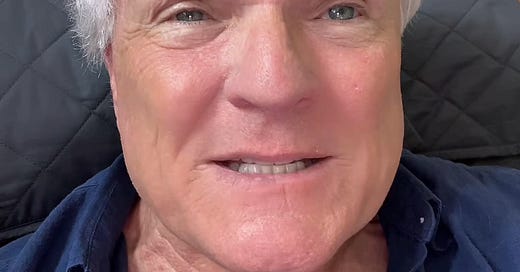Summary:
The Common Scenario
You leave your estate to your spouse, then your children.
If a child predeceases you, their share usually goes to their descendants.
If neither child has descendants, your estate plan must account for what happens next.
What Happens If There Are No Heirs?
Most well-drafted trusts (including those by the speaker) have a fallback provision:
The estate is split 50/50 between the husband’s and wife’s extended families.
Distribution then continues up and out the family tree—to parents, siblings, nieces/nephews, and beyond.
If no eligible family can be found:
The estate may eventually be transferred to the state’s Unclaimed Property Division.
Retrieving these funds later requires legal proof of entitlement and can be burdensome.
How to Avoid This Uncertainty
You can designate final beneficiaries, such as:
Charities
Friends
Non-family individuals or organizations
These fallback designations ensure your estate doesn’t end up in government hands.
Key Takeaway
Don’t stop your estate plan at just your children or grandchildren.
Think through “what if” scenarios—especially if you have only one child or no children.
Make sure your plan specifies exactly where your estate should go if no named beneficiaries survive you.
This video is for informational purposes only. As always please get professional help before making decision on how to protect your assets.













Share this post